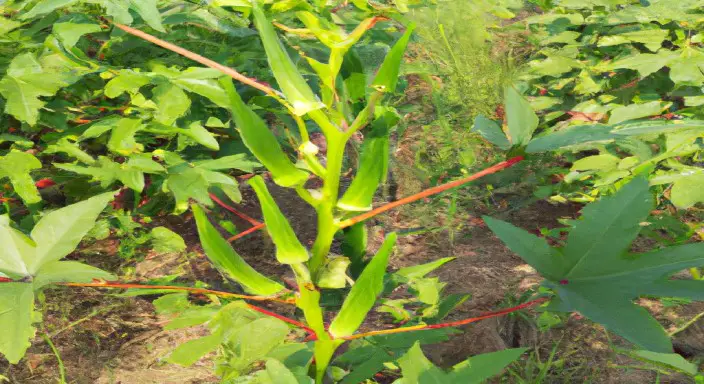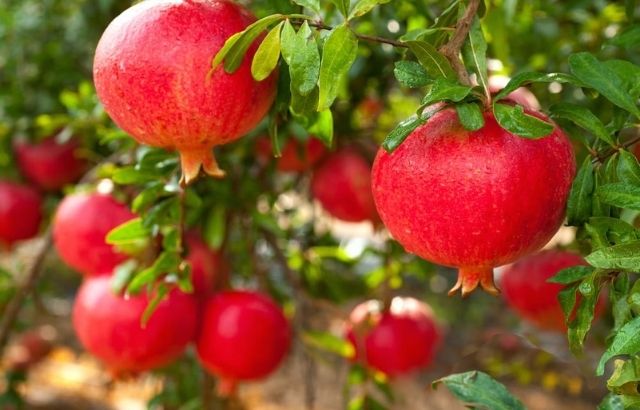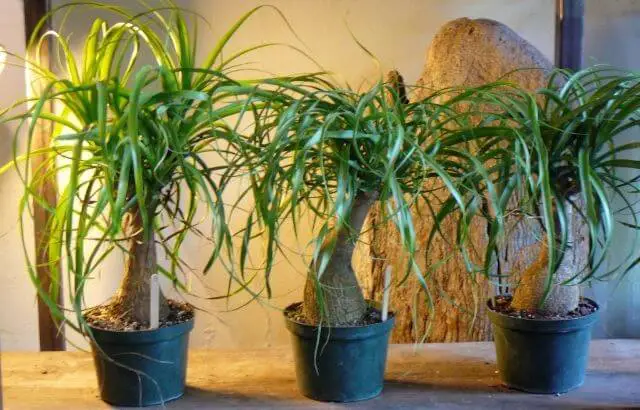Okra is an incredibly nutritious vegetable, offering an array of essential vitamins, minerals, and dietary fiber. Not only can okra be cooked in various ways, but it is also an incredibly versatile crop to grow. If you’re looking to maximize your okra harvest, there are many tips and tricks that you can use to make the most of your plants. The Home Affluence Team will explore how to make okra produce more in your backyard garden in this blog post.
From providing adequate water to using a variety of fertilizers, there are several easy methods that you can implement to increase your okra yields.
We will also discuss how to save okra seeds, which can do use to ensure a steady supply of okra for years to come.
So, if you’re ready to learn how to make okra produce more in your backyard garden, read on!
How to Make Okra Produce More
- Prepare your soil and planting area
- Planting the Okra Seeds
- Water your Okra Plants Continuously
- Provide Fertilizer to your Okra Plants
- Protect your Okra Plants from Pests and Disease
- Harvest your Okra when they are fully ripe and delicious!
Step 1: Prepare your soil and planting area.
Before planting your okra, you must prepare the soil and planting area. Start by tilling the soil to a depth of 8-10 inches.
It does help the okra roots to penetrate deeply and to get the necessary nutrients. Add a layer of compost to the topsoil and mix it with a shovel or rake.

It does help to provide extra nutrients to the okra. Make sure the soil is well-drained by adding sand or compost if necessary.
Finally, ensure the area is free of weeds before planting.
Step 2: Planting the Okra Seeds.
Planting okra seeds is the second step in producing a bountiful okra crop.
To ensure that the okra seeds are planted properly, ensure the rows are straight and the roots are evenly spaced with a seed drill.

Plant the seeds 1.5 inches deep and space each seed 2-3 inches apart. Make sure to give the rows adequate space to ensure that the okra plants have plenty of room to grow.
Water the soil regularly and wait for the okra plants to sprout. It may take up to 10 days for the okra plants to appear.
Step 3: Water your Okra Plants Continuously.
Step 3 is all about making sure your okra plants stay hydrated. You’ll want to water your plants at least once a week.
Make sure the soil is damp and not too wet. If the soil is too moist, the roots of your okra plants can start to rot.

Additionally, you will want to ensure the water is evenly distributed throughout the garden.
If the water only reaches certain parts of the garden, the okra plants in dryer areas won’t grow as well.
Step 4: Provide Fertilizer to your Okra Plants.
In Step 4, providing fertilizer to your okra plants is essential for their growth and productivity. The best way to do this is to incorporate organic matter into the soil, such as compost or manure, before planting. It does help add nutrients to the ground, allowing your okra plants to thrive.

Additionally, you can apply a liquid fertilizer every few weeks during the growing season. Be sure to follow the instructions on the fertilizer packaging.
With the right amount of fertilizer, your okra plants will load with healthy and delicious okra pods in no time!
Step 5: Protect your Okra Plants from Pests and diseases.
Your okra plants need to be safeguarded from pests and diseases once planted. You can do it by regularly checking your plants for any signs of pest or disease, such as wilting or discoloration of leaves.

Additionally, you should keep your plants well-watered and prune away any dead or diseased leaves or stems.
Finally, using mulch around your okra plants can reduce the spread of pests and diseases and help keep your plants’ roots cool in the summer heat.
Step 6: Harvest your Okra when they are fully ripe and delicious!
Harvesting okra is an essential step in the overall process of growing and enjoying this delicious vegetable.
Once the okra pods have reached their full length (approximately 3-4 inches long) and are a dark green color, they are ready to be harvested.

To pick the okra, use your fingers to grip the base of the stem and pull down gently. Be sure to collect all of the okra, as leaving any on the plant will prevent it from producing more.
Harvest okra regularly for the best flavor, as the pods will quickly get tough and woody if left on the plant for too long.
Enjoy your freshly harvested okra immediately, or store it in a cool, dry place for up to a week.
Expert Opinion
Growing okra requires some patience and disciplined care. With the right combination of soil, water, and sunlight, okra can thrive and produce a high yield.
By fertilizing your okra plants and keeping the soil moist, you can ensure your okra plants will have a higher yield. With a little TLC, you can make your okra garden thrive and enjoy the sweet, crunchy vegetables for years to come.
It does because okra is a great vegetable that can use in various dishes.
It includes proper planting, soil preparation, watering, and fertilizing. With the appropriate care, okra can produce more and provide a tasty and nutritious addition to your meals.




